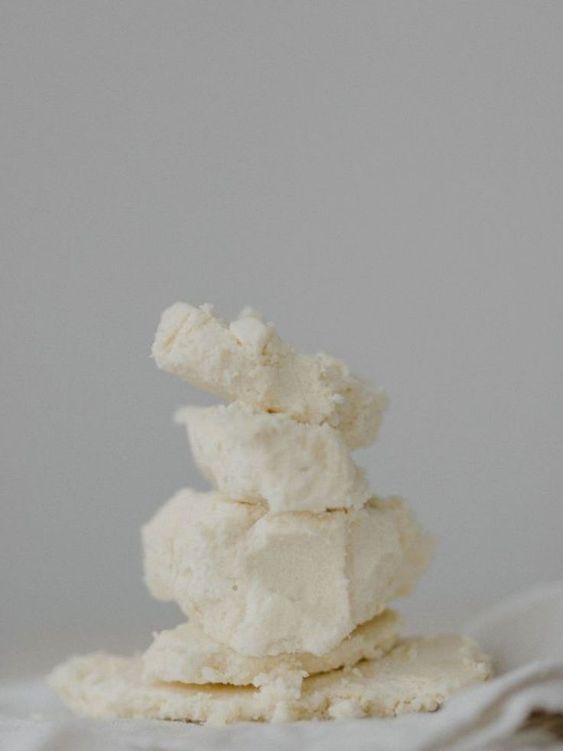
Unveiling the Truth: Is shea butter comedogenic?
Share
Shea butter has been a staple in skincare routines for centuries, renowned for its moisturising properties and numerous skin benefits. However, as skincare enthusiasts become increasingly concerned about the comedogenicity of their products, the question arises: Is shea butter comedogenic? Today, we will delve into the world of shea butter, exploring its composition, benefits, and its impact on different skin types.
Understanding Comedogenicity:
Before we dive into the specifics of shea butter, let's clarify the concept of comedogenicity. The term refers to a substance's likelihood to clog pores, potentially leading to the formation of comedones (blackheads and whiteheads) and contributing to acne. Comedogenicity is often measured on a scale, with some substances deemed non-comedogenic, while others may have varying degrees of comedogenic potential.
The Composition of Shea Butter:
Shea butter, derived from the nuts of the shea tree, is rich in fatty acids, vitamins, and antioxidants. It is celebrated for its ability to deeply moisturise the skin, reduce inflammation, and promote collagen production. The primary components of shea butter include oleic acid, stearic acid, linoleic acid, and various unsaponifiable compounds, all of which contribute to its unique properties.
Comedogenicity of Shea Butter:
While some sources suggest that shea butter is non-comedogenic, others argue that it may cause breakouts for individuals with certain skin types. The comedogenic potential of shea butter largely depends on an individual's skin sensitivity and predisposition to acne.
Oleic acid, a major component of shea butter, is considered mildly comedogenic. It is important to note that the comedogenicity of a product is not solely determined by one ingredient but by the overall formulation and how it interacts with an individual's skin.

Skin Types and Shea Butter:
People with dry and sensitive skin often find shea butter to be a godsend, as it provides intense hydration without causing irritation. However, individuals with oily or acne-prone skin might need to exercise caution. It is advisable to perform a patch test before incorporating shea butter into your skincare routine, especially if you have a history of acne.
Tips for Using Shea Butter:
-
Patch Test: Before applying shea butter to your face, perform a patch test on a small area of your skin to observe any adverse reactions.
-
Use Moderately: If you have oily or acne-prone skin, consider using shea butter in moderation. It can be applied to areas with dry patches or as an occasional treatment.
-
Check Product Formulation: Ensure that the shea butter product you choose is of high quality and does not contain additional comedogenic ingredients.
In the quest for radiant and healthy skin, the question of whether shea butter is comedogenic is not a one-size-fits-all answer. The key lies in understanding your skin type, sensitivity, and individual responses to specific ingredients. Shea butter, with its plethora of benefits, can be a valuable addition to many skincare routines, but it's essential to approach it with mindfulness and awareness of your skin's unique needs. As with any skincare ingredient, YMMV (Your Mileage May Vary), and what works for one person may not work for another.
Why don't you try our bestselling whipped shea body butter with ylang ylang and bergamot essential oil today!
